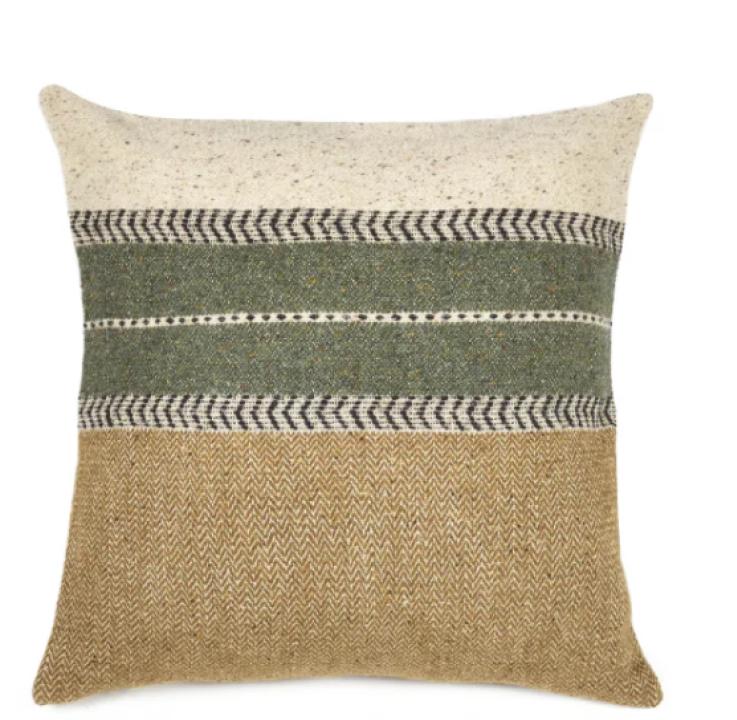The Directoire Style, born during the late 18th century in France, is a captivating fusion of elegance, symmetry, and classical influence. Marking the transitional period between the opulence of Louis XVI and the grandeur of the Empire >
Origins of Directoire Style
The Nicholson Gallery highlights this historical significance through carefully sourced pieces that reflect the elegance and discipline of Directoire aesthetics.
Directoire Furniture: Elegant Simplicity
One of the most defining aspects of Directoire furniture is its balance between minimalism and refined decoration. Unlike the heavily gilded and elaborate furnishings of the
Louis XVI era, Directoire pieces feature:
Clean lines and geometric shapes – Symmetry and balance are crucial elements.
Subtle ornamentation – Decorative details such as carved rosettes, laurel wreaths, and classical motifs are delicately incorporated.
Tapered legs – Furniture pieces often have slender, tapered legs, reflecting Greek and Roman influences.
Muted color palettes – Light wood tones, painted finishes, and neutral upholstery complement the understated elegance.
Tables, chairs, and cabinets designed in this >
Directoire Architecture: Classical Influence Meets Innovation
Architecture during the Directoire period reflected the transition from the grandeur of baroque designs to a more restrained neoclassical approach. The emphasis on symmetry, proportion, and classical references became hallmarks of this >
Rectangular structures with minimal embellishment
Elegant columns inspired by Greco-Roman architecture
Stuccoed walls with subtle detailing
Large windows allow natural light to enhance interior spaces
Directoire Art: A Reflection of Revolutionary France
Art during the Directoire period was deeply influenced by the social and political changes of the time. Artists moved away from the excessive romanticism of previous eras and embraced a more structured and classical approach. This period saw an emphasis on:
Neoclassical themes – Mythological and historical subjects were common.
Balanced compositions – Symmetry and proportionality played a significant role.
Restrained color palettes – Muted tones and delicate shading techniques created a sophisticated aesthetic.
Renowned artists such as Jacques-Louis David exemplified the Directoire artistic >
Why Directoire Style Remains Timeless
The Directoire >
Versatility – Its clean lines and minimal ornamentation make it adaptable to both traditional and contemporary interiors.
Timeless appeal – Inspired by ancient Greek and Roman influences, its aesthetic has a lasting elegance.
Understated luxury – Unlike overly ornate >
Historical significance – Owning Directoire furniture or decor allows collectors to preserve a piece of French history.
For those seeking to bring this timeless >
Incorporating Directoire Style into Modern Interiors
Pair Directoire furniture with modern pieces – A classic Directoire chair alongside a sleek, modern table creates a balanced contrast.
Use neutral tones – The muted color palette of the Directoire >
Incorporate classical motifs – Decorative elements like laurel wreaths or Greek key patterns add historical depth.
Opt for refined materials – Wood, marble, and brass accents enhance the sophistication of a space.
By integrating these elements, homeowners can achieve a look that is both classic and fresh. The Nicholson Gallery provides expert guidance and high-quality pieces to make this fusion effortless and elegant.
Conclusion
The Nicholson Gallery, with its dedication to preserving antique excellence, offers a remarkable collection of Directoire pieces that allow individuals to embrace this timeless aesthetic. The beauty of the Directoire >












